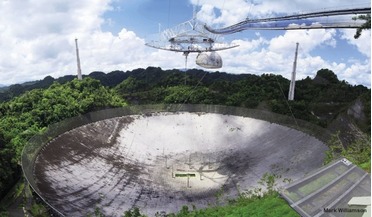 July 2021
Arecibo - an astounding legacy
July 2021
Arecibo - an astounding legacy
... observed in the periastron of the binary system – the point of closest approach - led to the first indirect evidence of gravitational waves. The first radar ranging of an Earth-crossing asteroid, 1862 Apollo, was done in 1980 and, a year later...
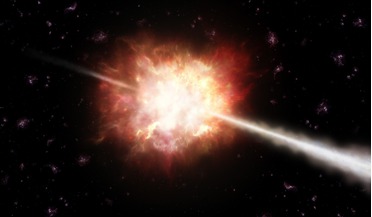 11 July 2016
Short gamma-ray burst is from a binary neutron star coalescing into a black hole say researchers
11 July 2016
Short gamma-ray burst is from a binary neutron star coalescing into a black hole say researchers
... distance to the two events, but it will also, amongst other things, help pinpoint the location of the gravitational wave event. Now, an international team of researchers have submitted a research paper that states that this idea is in fact...
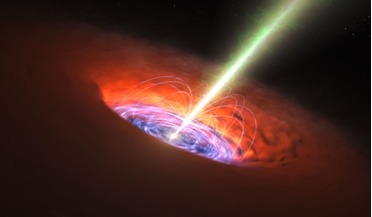 26 July 2019
Three massive black holes caught in the act of merging
26 July 2019
Three massive black holes caught in the act of merging
... the first observation of a binary black hole merger in February 2016, it was not just gravitational waves that were caught rippling through Earth; a wave of feverish excitement reserved for only the most spectacular of discoveries also surged around...
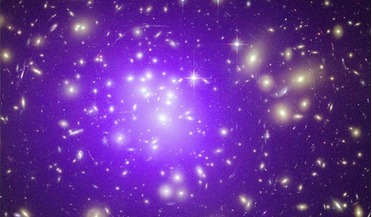 15 March 2016
Are our ideas of Dark Matter wrong?
15 March 2016
Are our ideas of Dark Matter wrong?
... was extremely hot – the hottest it could have been. To test their theory the team suggest several gravitational waves from the very early moments of the Universe would have been created and that these might...
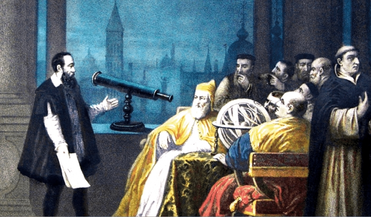 June 2019
Does the speed of light change with time?
June 2019
Does the speed of light change with time?
... are popular and many different versions of the theory have been put forward, including a publicised announcement of gravitational waves from ‘inflation’ in 2014, which turned out to be due to cosmic dust. But the drawback with inflation is that...
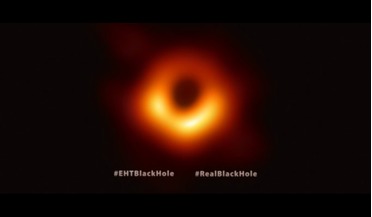 10 April 2019
Ring of fire around black hole revealed for first time
10 April 2019
Ring of fire around black hole revealed for first time
... abyss of the black hole still remained elusive. Even before that, the Laser Interferometer Gravitational-Wave Observatory (LIGO) detected gravitational waves emanating from the merger of two black holes. These ripples in the curvature of spacetime...